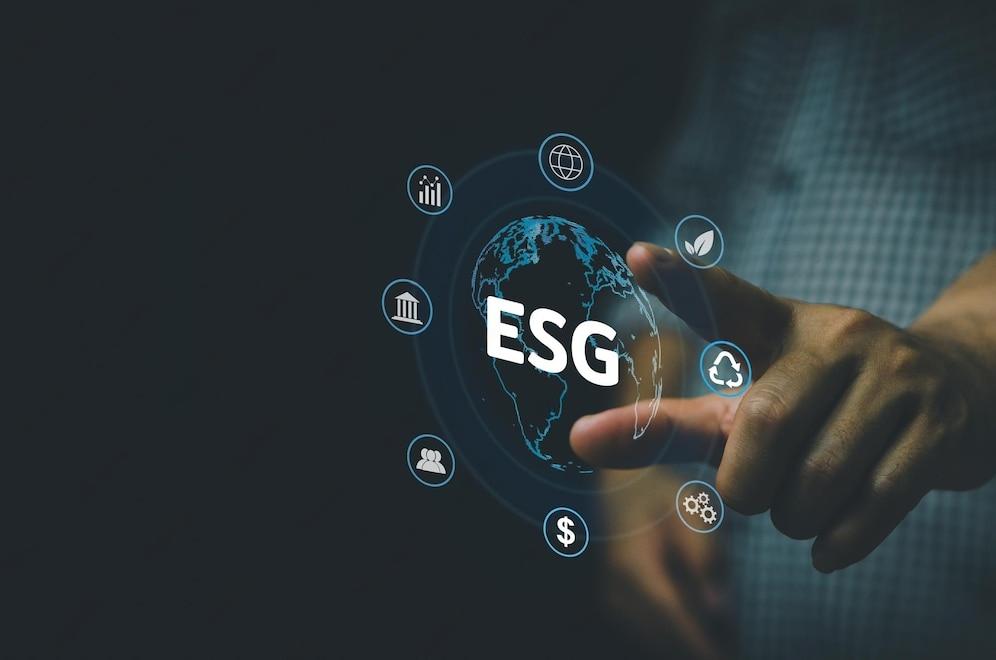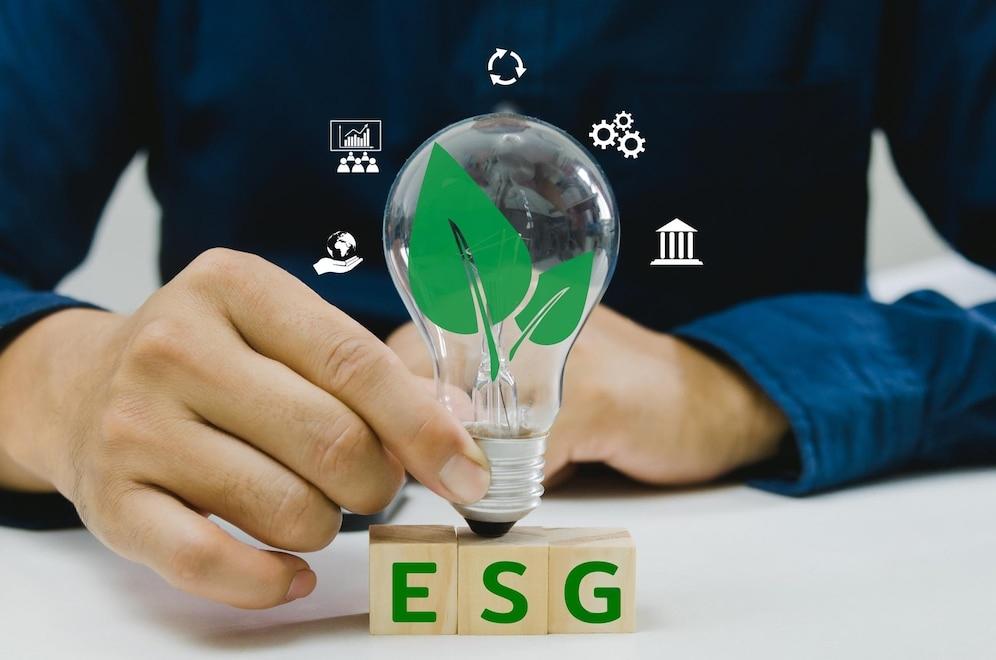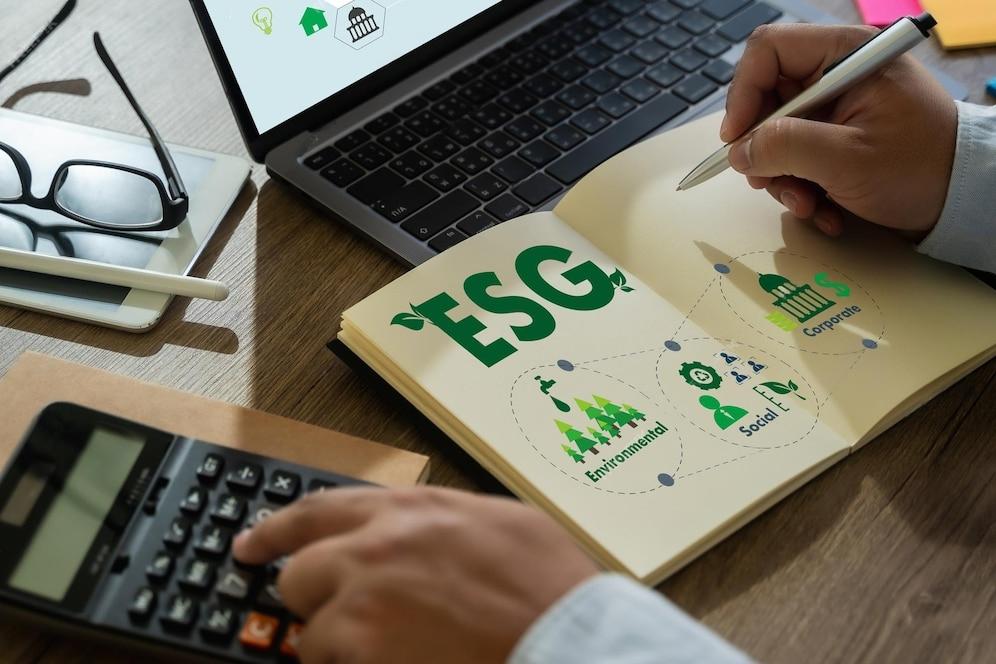The Growing Importance of Environmental, Social, and Governance (ESG) Investing

Environmental, social, and governance (ESG) investing has experienced meteoric growth over the past decade. This approach integrates analysis of companies’ ESG policies and performance into investment decisions. Investors are increasingly realizing that ESG factors allow them to align investments with their values while potentially enhancing returns.
What is ESG Investing?
ESG investing incorporates environmental, social, and governance factors into the research and selection process for investments.
Environmental criteria examine how a company performs on metrics like:
- Energy efficiency and renewable power use
- Waste and pollution reduction
- Water conservation and recycling
- Sustainable resource use and supply chain management
- Carbon footprint measurement and climate change mitigation
For example, Apple has made strides towards using 100% recycled materials in products while also focusing on renewable energy for production and reducing emissions.
Social criteria looks at elements such as:
- Labor relations and fair wage practices
- Diversity, equity and inclusion programs
- Human rights commitments and monitoring
- Employee health, safety and wellbeing
- Product safety and quality control
- Data privacy and security policies
The leading mining company BHP has set diversity targets including gender parity and pursues partnerships with indigenous peoples impacted by its activities.
Governance metrics involve factors including:
- Board diversity, structure, independence and oversight
- Executive compensation benchmarking
- Political lobbying and donations transparency
- Accounting and audit practices
- Anti-corruption, anti-bribery and ethical compliance
- Cybersecurity policies
According to US SIF, the leading sustainable investing association, 98% of surveyed asset managers consider governance the most material ESG issue.
By analyzing companies through an ESG lens alongside traditional financial metrics, investors aim to identify risks as well as opportunities for sustainable, responsible growth. ESG research provides a more comprehensive view of potential investments.
While socially responsible investing has existed since the 1960s, the exponential growth of evaluating ESG factors has occurred over the past 10-15 years. Global sustainable investment assets under management have soared from $13.3 trillion in 2012 to over $35 trillion in 2020, a 168% jump according to the Global Sustainable Investment Alliance.
The Surging Popularity of ESG Investing
Several key factors are driving the popularity surge of ESG investing:
- Investor demand – Individual investors, especially millennials, are seeking investments that align with their values. 76% of millennial investors have shown interest in sustainable investing according to Morgan Stanley.
- Corporate sustainability – Companies are realizing they must consider their societal and environmental impacts, not just profits. Instances of greenwashing are also pushing firms to back up claims with ESG actions.
- Research findings – An increasing number of studies suggest firms with high ESG scores may match or even outperform the market in the long-term. This provides a financial incentive for ESG adoption.
- Product availability – More financial institutions now offer specialized ESG investing funds, ETFs, managed accounts and indexes as demand grows. BlackRock, Vanguard, Goldman Sachs, and BNP Paribas are among those catering to this interest.
- Government policy – Some governments are beginning to either incentivize or mandate sustainability initiative reporting and ESG considerations for investors.
Global assets in sustainable funds saw record inflows of $185 billion in 2020. ESG fund assets under management doubled from 2019 to 2020 in U.S. and Europe. Total global assets now surpass $1.65 trillion according to Morningstar.
Why Should Investors Consider ESG Factors?

Several compelling reasons explain the rising consideration of ESG criteria by investors and asset managers:
- Values alignment – Investors want their money to reflect their principles and further positive environmental and social impacts. 73% of millennials believe their investments can influence climate change.
- Risk mitigation – Companies with poor ESG track records may face greater legal, regulatory, reputational, and operational risks. Incorporating ESG helps identify red flags early.
- Financial performance – A growing body of research suggests firms with higher ESG ratings experience equal or better returns over the long run compared to non-ESG peers.
- Client demand – Financial advisors report being asked for responsible investing options by an increasing proportion of clients, especially younger investors and women. Offering ESG products meets this demand.
- Reputational benefits – A commitment to ESG investing can boost a company’s public image and demonstrate corporate social responsibility. This in turn aids recruitment, engagement, and customer sentiment.
In one recent global survey by deVere Group, 77% of high net worth individuals said ESG alignment has become their top investment priority.
ESG Investing Strategies
Many options exist when it comes to practically implementing ESG investing:
- Negative screening – Excluding certain sectors, companies, or business practices based on specific ESG criteria
- Positive screening – Actively seeking out companies with positive ESG performance relative to industry peers
- ESG integration – Systematically including ESG factors in the financial analysis of all investments
- Thematic investing – Targeting companies specifically aligned with a desired impact theme like renewable energy
- Impact investing – Seeking measurable positive social or environmental impacts alongside financial returns through direct private investments
Investors can utilize these strategies through managed ESG funds, customized accounts, ETFs, direct retail investing platforms, and with the guidance of financial advisors. A targeted combination of ESG approaches allows investors to balance financial objectives with impact goals.
The Benefits and Criticisms of ESG Investing
While interest in ESG investing is surging rapidly, thoughtful critiques persist around the actual advantages it offers investors, as well as potential limitations.
Potential Benefits
- Align investments with ethical values
- Drive positive social and environmental impact
- Enhance long-term risk-adjusted returns
- Meet growing client demand for ESG options
- Strengthen branding and reputation
Criticisms and Concerns
- Subjectivity and lack of standardization in ESG ratings criteria
- Potential missed investment opportunities by limiting universe
- Insufficient track record to prove long-term outperformance
- Increased costs related to ESG research, reporting, and auditing
- Risk of greenwashing without rigorous analysis
The ESG sphere is still evolving. While research results appear promising thus far, longer time horizons are needed to better assess returns. Improvements in ratings consistency, data transparency and reduced costs through technology can help address commonly cited downsides.
Despite some lingering debate on its merits, the real world adoption of ESG considerations is accelerating rapidly.
Tips for Getting Started with ESG Investing
For investors new to ESG, here are some tips to incorporate it into your portfolio:
- Determine priorities – Decide which specific ESG criteria matter most to you. Areas of focus could include renewable energy, diversity, labor practices or governance.
- Choose compatible strategies – Negative screening, positive screening, ESG integration, thematic, etc. Select strategies aligning with your goals.
- Research options thoroughly – Discover ESG funds, ETFs, managed accounts and notes. Sustainability-focused firms like Calvert and Green Century offer specialized products.
- Compare offerings – Look at underlying holdings, screening methodology, fund manager expertise, fees, and historical returns. Make sure the asset manager’s ESG priorities match yours.
- Consider mixing ESG and traditional – Full ESG alignment may limit opportunities. Combining ESG funds strategically with conventional ones allows customization.
- Review direct holdings – For direct stock investors, utilize ESG screening tools and individual company sustainability reports.
The right approach depends on your unique objectives, values, and overall portfolio strategy. As with any investing, be sure to do your due diligence before committing capital.
The Future Trajectory of ESG Investing
Given the exceptionally strong growth over the past 5-10 years, ESG investing appears primed for an even more prominent future role:
- Ongoing exponential asset growth – Bloomberg projects total global ESG assets will exceed $50 trillion by 2025 and $150 trillion by 2030, led by the U.S. and Europe.
- Improved data tracking and reporting – Efforts by organizations like SASB, GRI, CDP, and the Impact Management Project to standardize sustainability metrics and disclosure will provide investors with better ESG data.
- Supportive government policy – Countries and regions like the E.U. are poised to introduce regulations and incentives encouraging sustainable finance.
- Generational shift – Millennials and Gen Z, who state strong preferences for responsible investing, stand to inherit trillions in wealth transfer over the next decade.
- Embrace of stakeholder capitalism – More companies now recognize ESG factors as a strategic business priority that can drive long-term value creation, rather than just a check-the-box activity.
While challenges remain, the overall trends point to ESG considerations becoming an integral, normalized component of prudent investment analysis and decision-making.
Conclusion: The Evolution of Investing
In summary, the phenomenal growth of ESG investing stems from:
- Increased investor demand to align principles with capital
- Recognition of its potential for long-term value creation and risk mitigation
- Massive influx of ESG investment product options from leading financial firms
- Desire of new generations for portfolios that reflect their sustainability values
- Commitment by corporations to measure and improve their environmental and societal impacts
For asset managers, effectively incorporating ESG factors is becoming a competitive necessity to attract and retain clients. For society, this represents a potential shift towards more conscious capitalism that serves stakeholders, not just shareholders.
Though early in its development, ESG investing delivers promising opportunities to have positive impact beyond just financial returns. There are now many excellent resources available for education and implementation. By taking an informed strategic approach, investors can aim to further their goals while supporting sustainable development.
Related Articles
Stock Market Outlook for 2024: Navigating Risks and Opportunities Ahead
The Future of Work and Its Far-Reaching Impacts on Personal Finance
Tips for Saving Money in 2024: Achieving Financial Freedom in an Era of High Inflation















